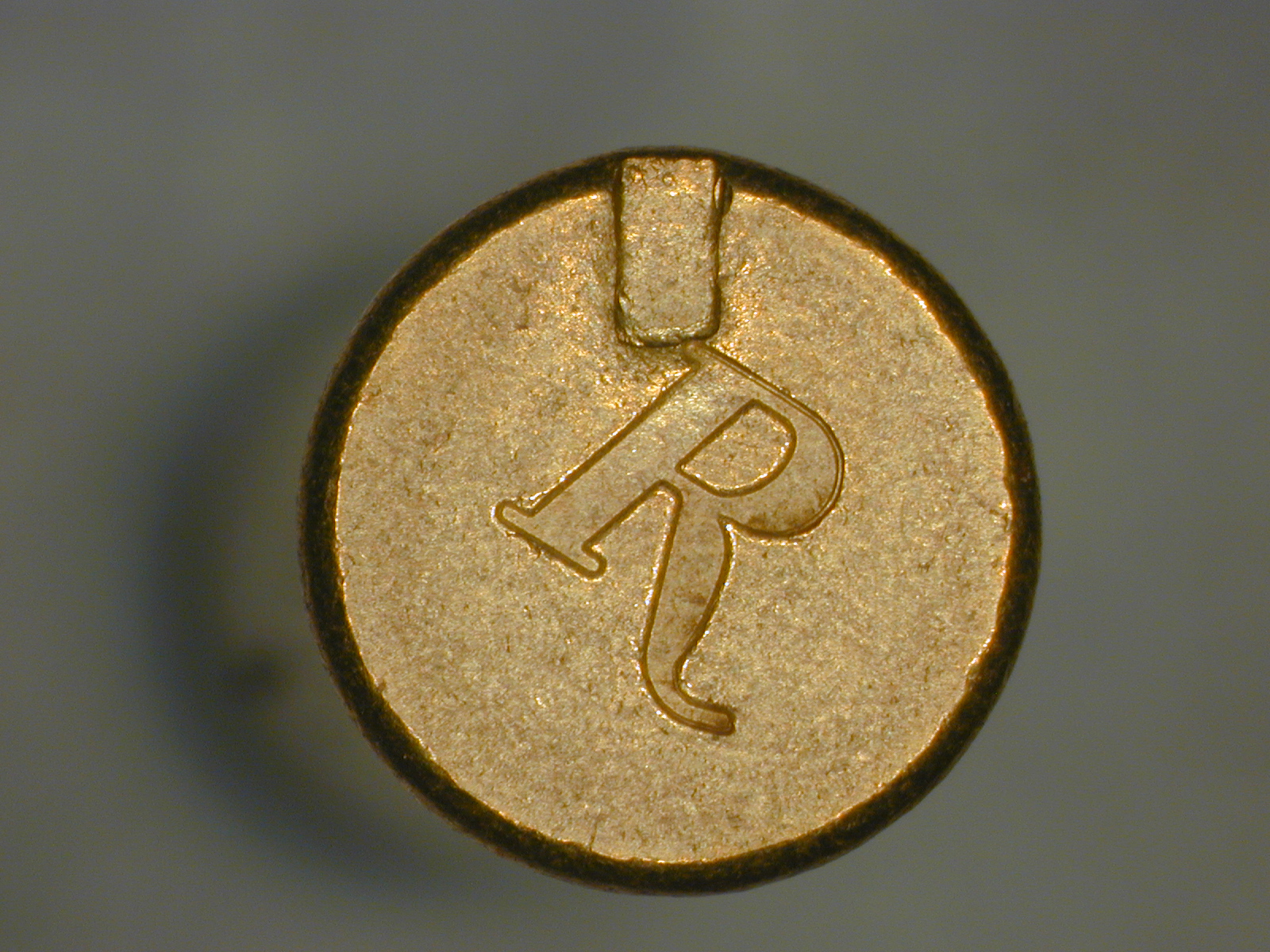The burglar had to shoot through a lock when breaking in to steal the artwork. You can help to solve the crime by learning all about ballistic analysis, rifling in guns, firing pins, and the chemical side of Gunpowder Residue. On this page you can explore different types of Rifling/firing pins and how they differ, and then try a quiz testing your knowledge on Rifling, firing pins, and Gunpowder Residue.

When the trigger of a gun is pulled, a small hammer called the firing pin is pushed into the bottom of the cartridge casing. This causes the Gunpowder to explode. This is a key piece of evidence as the firing pin leaves an indent in the bottom of the casing which will only match an individual gun or type of gun. Some pins will hit the edge of the case and some will hit the middle. You can see two firing pin impressions below.
Firing pins aren’t the only type of Ballistic evidence that we can use in a Forensic case, and the quiz below will test your knowledge not only of firing pins, but also of Rifling and Gunpowder Residue.
